Introduction
First we must differentiate between data at hand - which is the data that is available to us, and data not in hand, which are data not yet available or will come in the future whereby the model will be applied on. True reliability of the model will be when tested against data not in hand. To understand this, we need to go back to data collecting.
Goodness of dataset
Before collecting data for your problem, we first need to know “what makes a good dataset”?
- quality (representative and high-quality of inputs data)
- quantity (consistent and accurate labels on target data/ground truth)
- variability (reflect post deployment changes)
General Problem
Nowadays, the availability of large volumes of data and the widespread use of tools for the proper extraction of knowledge information has become very frequent.
Most learning systems usually assume (e.g. academic, kaggle data) that training datasets used for learning are balanced.
However, in real-world applications, training samples( data at hand ) typically exhibit a long-tailed class distribution, where a small portion of classes have a massive number of sample points but the others are associated with only a few samples1.
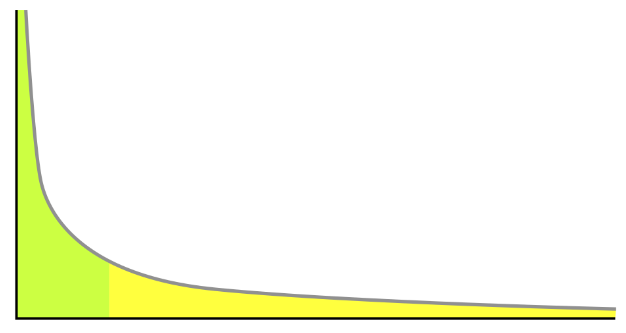
Long-tail data is visually represented by a hyperbolic curve like in Figure 1.
So long-tail data is the collection of all data about items that serve a specific niche and have a low demand but exist in greater varieties.
Consider example, in autonomous driving, you would want a model detecting pedestrians to work equally well, irrespective of the weather, visual conditions, how fast the pedestrian is moving, how occluded they are, et cetera. Most likely however, your model will perform much worse on cases that are more rare—for example, a baby stroller swiftly emerging from behind a parked car in unpleasant weather.
The point of failure here is that the model has been trained on data that was recorded during regular traffic conditions. As a result, the representation of these rare scenarios (as a portion of the entire training dataset) is much lower compared to common scenarios. Figure 2 is an example of two highway scenarios, whereas lane detection will be significantly more difficult in the right hand picture compared to the left.

Thus, need to acquire more of these rare cases in our training data!
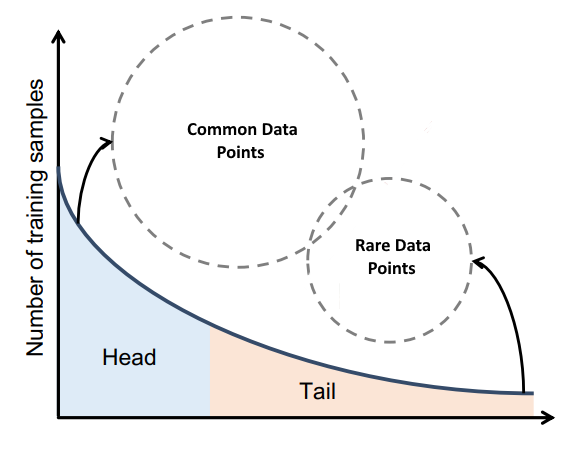
Addressing imbalanced dataset
- Data sampling : in which the dataset instances are modified in such a way as to produce a more balanced class distribution.
- Algorithmic modification
- Cost-sensitive learning
Data sampling

- Upsampling : process of randomly duplicating observations from the minority class to reinforce its signal.
- Downsampling: sample the majority class randomly to make their frequencies closer to the rarest class.
- hybrid: some methodologies do a little of both and possibly impute synthetic data for the minority class.
Algorithmic modification
Instead of focusing on modifying the training set in order to combat class skew, this approach aims at modifying the classifier learning procedure itself.
Cost-sensitive learning
Cost-sensitive learning for imbalanced classification is focused on first assigning different costs to the types of misclassification errors that can be made, then using specialized methods to take those costs into account.
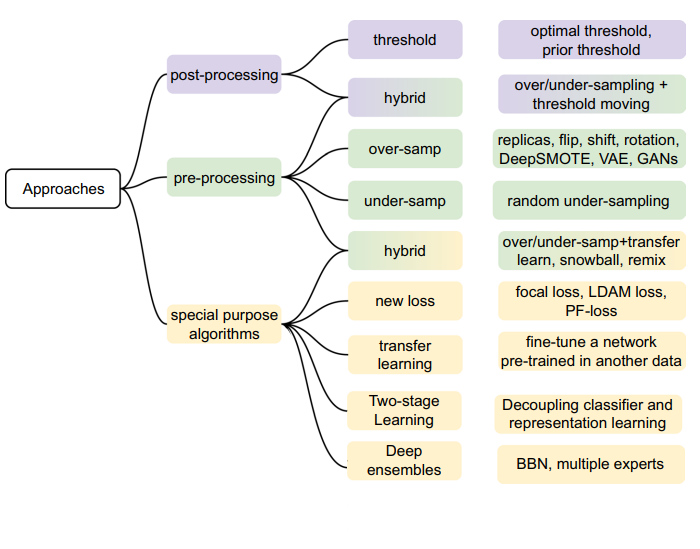
How much data?
“To answer the “how much data is enough” question, it’s absolutely true that no machine learning expert can predict how much data is needed. The only way to find out out is to set a hypothesis and to test it on a real case.” — Maksym Tatariants
“no learner(classifier) can beat random guessing over all possible functions to be learned” - no free lunch theorem3
The fundamental goal of machine learning is to generalize beyond the examples in the training set. This is because, no matter how much data we have, it is very unlikely that we will see those exact examples again at test time.
Question : To “learn” and achieve good generalization, how much data do we need?
Observed and test
- increase the dataset sample size is a reduction in model over-fitting (avoid the model “memorize”)
- be careful of noise, outliers, and irrelevant information in additional data (recall “Goodness of dataset”)
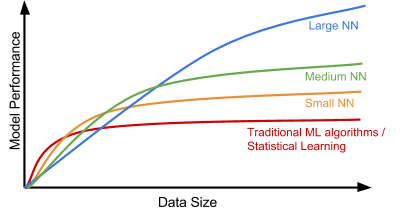
Observation 1:
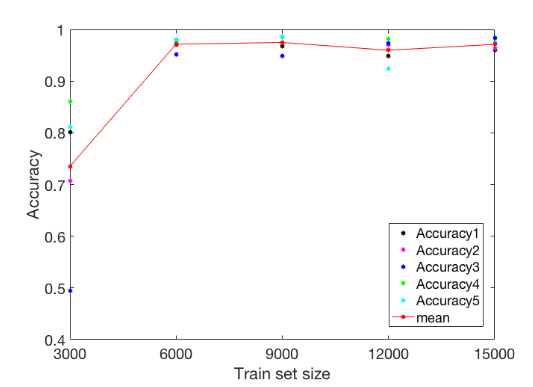
Observation 2:

Observation 3:
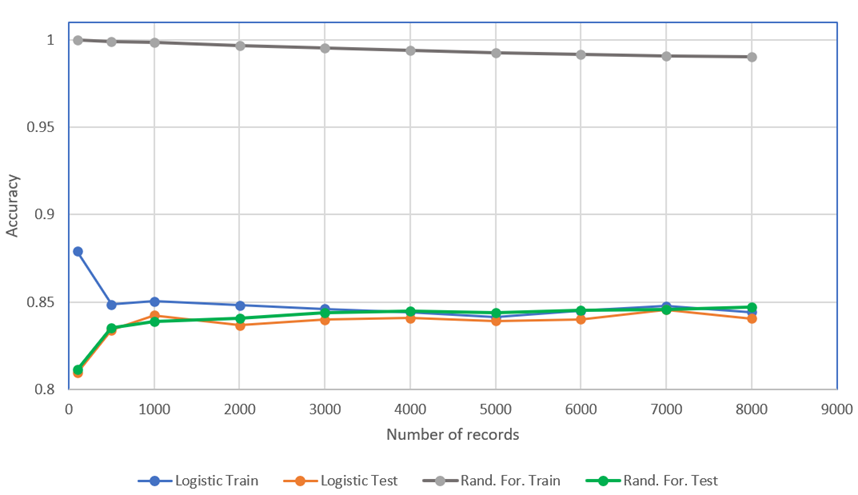
We always prefer large amount of data, but how large is large, and how big is big? This is a problem of sufficiency, because even though the data may be large, but contains insufficient entropy, will render the data to be small, despite the large size in bytes.
Entropy quantifies how much information there is in a random variable (recall variability)